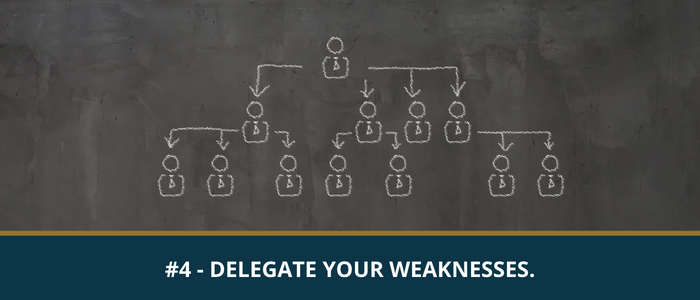Leadership Blog

Simple Ways Leaders Can Work Smarter
Do you find yourself regularly feeling you are “in over your head”? Do you feel like you are on a merry-go-round that constantly spins? Is the weariness of leading your company starting to get to you? If so, you may be working hard but not smart.
Leading a company can be exhausting. Providing leadership can be like “the song that never ends.” There is always more to do and little time to do it. If you find yourself identifying with these challenges, read on to discover some significant insights into becoming a smart leader.


Many leaders begin their organizations with a manageable load. However, as the years roll on they gradually take on additional tasks. After a few years, they find themselves assuming enormous amounts of responsibility, but they often fail to realize it. Someone must perform the work. They know how to do it, so they just do it.
It is wise to periodically assess your responsibilities. What roles are you performing? What is required in each of those roles? If you haven’t evaluated your current responsibilities in a while, take the time to do so as soon as possible.
You may find that you are doing a lot of things. The question is should you be doing those things. I frequently tell clients, “Everyone is good at something, but no one is good at everything.”
As you evaluate your current load, ask yourself, “What am I doing that I do well?” and “What am I doing that I really do not do well?”

What you do well comes easily to you. It doesn’t feel like work. It flows naturally. In contrast, what you do not do well is challenging. It is not easy. You do not enjoy those responsibilities, and they drain your energy.
If you think back to what enabled you to be effective in business, it is very likely that you were working in your strengths. As a company grows, leaders often take themselves out of their strengths and place themselves in areas of weakness. This approach eventually catches up to a leader.
Most leaders tend to spread themselves too thin and find themselves working in their weaknesses, rather than their strengths. In contrast, a leader who works mostly (80%) in his strengths will have a tremendous impact on his organization.
You may find that you are doing a lot of things. There’s nothing wrong with working hard. Just make sure that you are primarily working in your strengths.

It is also important to recognize and mitigate your weaknesses. If you are not really good at doing something, you will not enjoy it, and you will not do it well. Working in your weaknesses will drain your energy and creativity. You will wear yourself out.
Working in your weaknesses will prevent you from working in your strengths. Make it a practice in your leadership to say “no” to things you do poorly so that you can say “yes” to things you do well. You only have so much energy and time. Make sure you use it wisely.

Saying no to roles or responsibilities doesn’t mean they do not need to be done. You, however, may not be the best person to do them. One reason many leaders have problems letting go is that they do not have a plan to turn responsibilities over to others.
There is someone in your organization who does well what you do poorly. Find that person and assign those roles to him or her. Not only will you be relieved, but the person to whom you assign those tasks will be empowered and productive. Remember, those areas are his or her strengths.

Do you remember when you woke up energized and excited about the day? You couldn’t wait to get your day going and accomplish a “boatload of responsibilities.”
You can bring those exciting, visionary and energizing days back to your life. How? By working smarter, rather than harder.

The key to re-energizing your life and vision is to work smarter. Do what you do well, and delegate what you do not do well. Doing so will require you to assess your current responsibilities, reposition your role, and get back to what built your business from the beginning. In short, work to become a smart-working leader rather than a hard-working leader.



Facebook
LinkedIn
Youtube
Instagram